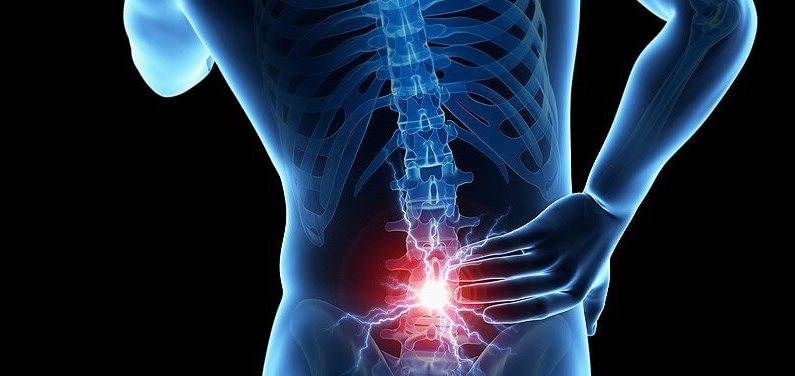
In America, at least 80% of the population will experience low back pain at some point in their life. Back pain is the leading complaint heard at doctors’ offices and is the number one cause of disability and missed worked days. Typically, treatment and management of back pain begin with conservative methods, such as rest, pain medication or physical therapy/physiotherapy. Although these types of conservative care help relieve pain, many cases of chronic back pain ultimately lead to invasive surgery.
Degenerative disc disease is one of the most common reasons for back surgery. Degenerative disc disease occurs when the soft spinal discs between your vertebrae begin to deteriorate and break down. These discs sit between the interlocking bones in your spine and act as shock absorbers for movement. Neck and back pain occurs when the formation or structure of these discs change. This may happen as a result of osteoarthritis, herniated discs or spinal stenosis. The two common surgeries for the treatment of degenerative disc disease are spinal fusion and artificial disc replacement.
Surgery for Back Pain
The goal of a spinal fusion surgery is to stop movement at a painful vertebral segment in order to diminish pain. During the procedure, two vertebrae segments are fused together by a bone graft to make up one long bone. The bone graft is typically taken from the patient’s hip, cadaver bone (donor’s bone), or manufactured synthetically. There can be different variations of spinal fusion surgery, depending on how many levels of the spine are to be fused, which bone to graft and whether it is an anterior or posterior approach. Patients are expected to take good care of their backs and be dedicated to proper recovery after the surgery. This may involve being well rested, in conjunction with exercise and prescribed physical therapy.
On the other hand, for an artificial disc replacement surgery, pain relief is achieved by the removal of the disc causing pain. The disc is replaced with a prosthetic implant, which may or may not have a plastic bearing surface. The implant helps maintain the motion of the vertebrae. However, this type of surgery is limited to what type of degenerative disc condition you have, making only select patients eligible. Monitored rehabilitation is also necessary for artificial disc replacement surgery.
Stem Cell Therapy Can Help Back Pain
A viable alternative to invasive back surgery is the minimally invasive stem cell procedure. Stem cell therapies are an exciting treatment within the regenerative medicine field. The patient uses his/her own adult stem cells to replace the need for surgery. This treatment usually results in dramatic improvement in back pain, while significantly decreasing the risks and recovery time associated with traditional surgery. A stem cell injection into a damaged disc can decrease painful inflammation, repair damaged disc cartilage and improve hydration.
Stem cell therapy stands as an excellent alternative to spinal fusion and other back surgeries. Stem cell therapy treatment has shown to help degenerative disc disease, facet arthritis, and minor disc herniation. For many patients, these treatments offer many benefits that suit their comfort level and long-term health goals.
If you are suffering from back pain, please contact our office at (516) 419-4480 or (718) 215-1888 to arrange an appointment with our Interventional Pain Management Specialist, Dr. Jeffrey Chacko.













